The world is at a turning point. Climate change is no longer a distant threat; it’s a present-day reality affecting billions of lives. In 2025, the role of technology in combating environmental challenges has never been more vital. Fortunately, GreenTech and Climate Tech are stepping up — offering innovative, scalable solutions that address everything from carbon emissions to energy access.
This blog explores how technology is reshaping our environmental future, the sectors being transformed, and what’s coming next.
READ MORE : https://digitalmohit.co.in/
1. Clean Energy: From Alternative to Mainstream

Solar and Wind Power Expansion
Solar and wind energy are no longer niche — they are leading sources of global electricity generation in 2025. Thanks to:
- Falling production costs for solar panels and wind turbines.
- Smart grids that balance demand and supply dynamically.
- Battery storage improvements that allow for round-the-clock reliability.
China, the EU, and the U.S. are rapidly scaling up renewable infrastructure. Even developing nations are leapfrogging fossil fuel dependence through decentralized solar systems.
Energy Storage Innovations
Energy storage is key to making renewables reliable. The latest breakthroughs include:
- Solid-state batteries with higher energy density.
- Gravity batteries that store excess power using mechanical lifting.
- Thermal storage systems that trap heat in molten salts or sand for later use.
2. Carbon Capture: From Pilot to Practice
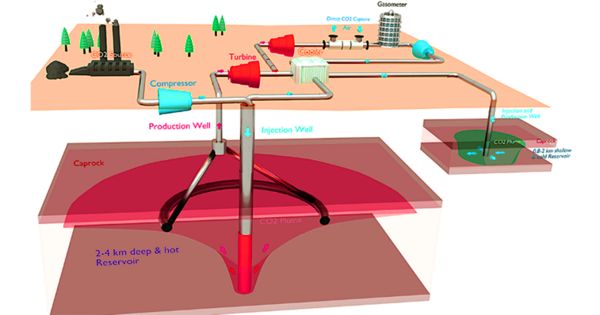
Even with rapid decarbonization, we need to remove existing CO₂ from the atmosphere. That’s where Carbon Capture, Utilization, and Storage (CCUS) comes in.
Direct Air Capture (DAC)
Companies like Climeworks and Carbon Engineering are scaling up DAC systems that suck carbon dioxide directly from the air and store it underground or convert it into products like fuel or concrete.
Carbon-to-Value (C2V)
What if CO₂ could be turned into something valuable? C2V startups are doing just that:
- Making carbon-neutral building materials.
- Creating fuels from captured emissions.
- Producing industrial chemicals like methanol.
The result? A circular carbon economy where emissions aren’t just avoided — they’re repurposed.
3. Smart Agriculture & Food Systems

Agriculture is both a victim and a driver of climate change. Technology is helping us make farming more efficient, less polluting, and more resilient.
Precision Agriculture
Sensors, drones, and AI are enabling farmers to:
- Use water, fertilizer, and pesticides more efficiently.
- Monitor crop health in real-time.
- Predict yield and optimize harvest times.
Sustainable Food Tech
Alternative proteins like lab-grown meat and plant-based dairy are gaining traction. These reduce:
- Land and water usage.
- Methane emissions from livestock.
- Deforestation linked to animal feed production.
Vertical farms and hydroponics are also allowing urban centers to grow food locally — reducing transport emissions and waste.
4. Climate Resilience and Adaptation Tech
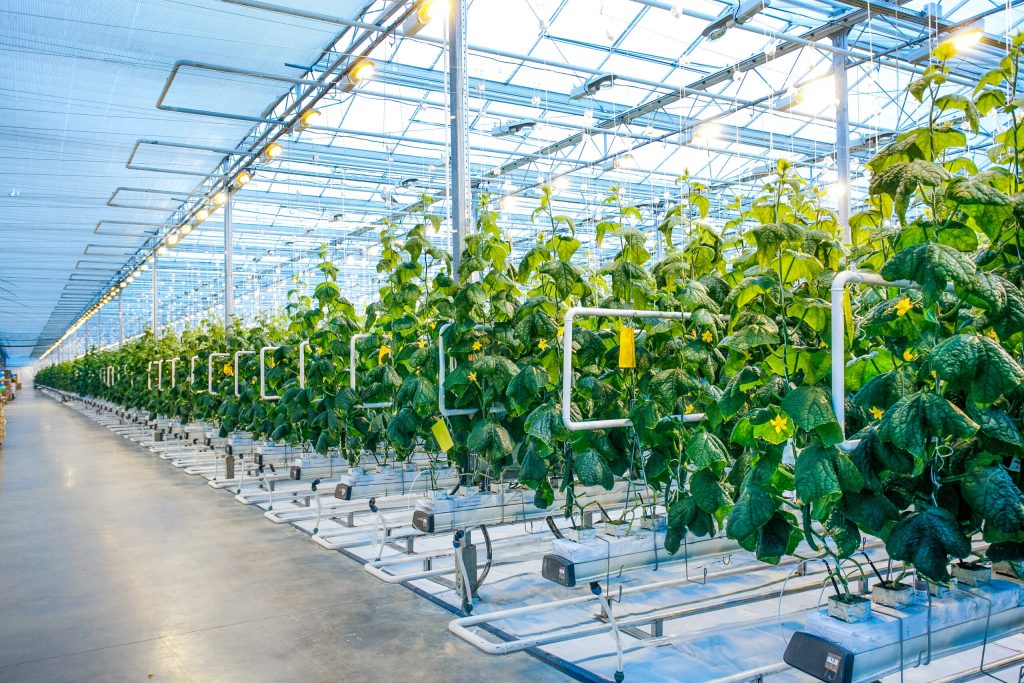
Not all emissions can be avoided. That’s why adaptation technologies are gaining urgency, especially in regions facing rising sea levels, heatwaves, and erratic rainfall.
Early Warning Systems
AI and satellite tech are now used to predict:
- Wildfires.
- Flooding.
- Extreme weather events.
These forecasts help governments and communities prepare and respond faster, saving lives and resources.
Climate-Resilient Infrastructure
New building materials and urban designs are improving resilience:
- Reflective “cool roofs” that reduce heat absorption.
- Permeable pavements that reduce urban flooding.
- Sea walls and mangrove restoration in coastal regions.
5. Circular Economy: Rethinking Waste
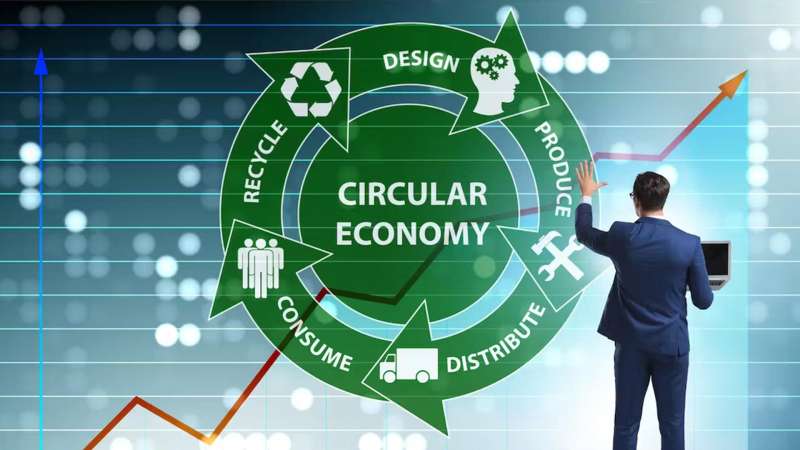
The future of sustainability is not just about clean energy — it’s about using resources smarter.
Waste-to-Energy & Recycling Tech
- Advanced sorting systems use AI and robotics to automate recycling.
- Pyrolysis and gasification turn waste plastics into fuel or raw materials.
- Biodegradable materials are replacing single-use plastics in packaging, textiles, and consumer goods.
Product-as-a-Service Models
Tech-driven business models — from electric scooters to subscription-based appliances — are reducing resource consumption by promoting reuse and longevity over disposal.
6. FinTech Meets Climate: Green Finance Tools

GreenTech isn’t only about physical innovations. Financial technology is enabling new climate-friendly choices.
Carbon Accounting Software
Startups are helping businesses measure, report, and reduce their carbon footprints accurately — aligning with ESG standards and carbon credit markets.
Climate Risk Modeling
Banks and insurers are using AI models to evaluate how climate change affects asset values, credit risk, and insurance premiums.
Impact Investing Platforms
Retail investors now have access to platforms that let them fund green projects, carbon-negative startups, and renewable infrastructure with as little as $100.
The Road Ahead: Challenges and Optimism
Despite the progress, GreenTech faces hurdles:
- High upfront costs for some innovations.
- Regulatory and political bottlenecks.
- The need for global cooperation and just transitions.
But the momentum is real — and growing. As awareness, investment, and urgency increase, the world is beginning to understand: technology is not just part of the climate problem — it’s central to the solution.
Conclusion: Innovation With a Purpose

In 2025, GreenTech and Climate Tech are not futuristic ideals — they are actionable tools helping humanity address its greatest challenge. Whether you’re a business leader, a developer, a policymaker, or simply a curious citizen, now is the time to get involved.
Because building a sustainable future isn’t just a technical challenge — it’s a collective mission. And innovation with purpose is how we get there.

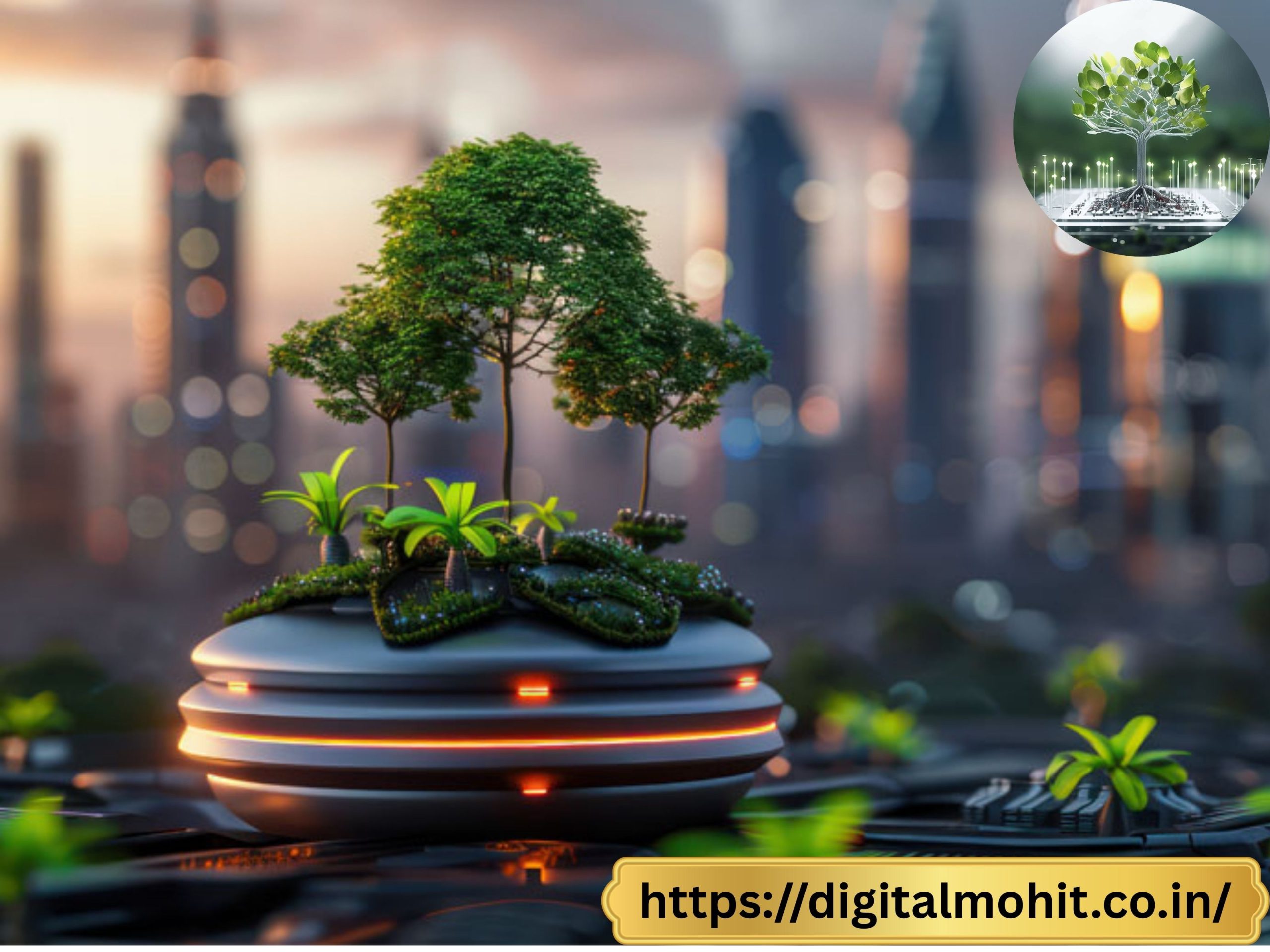

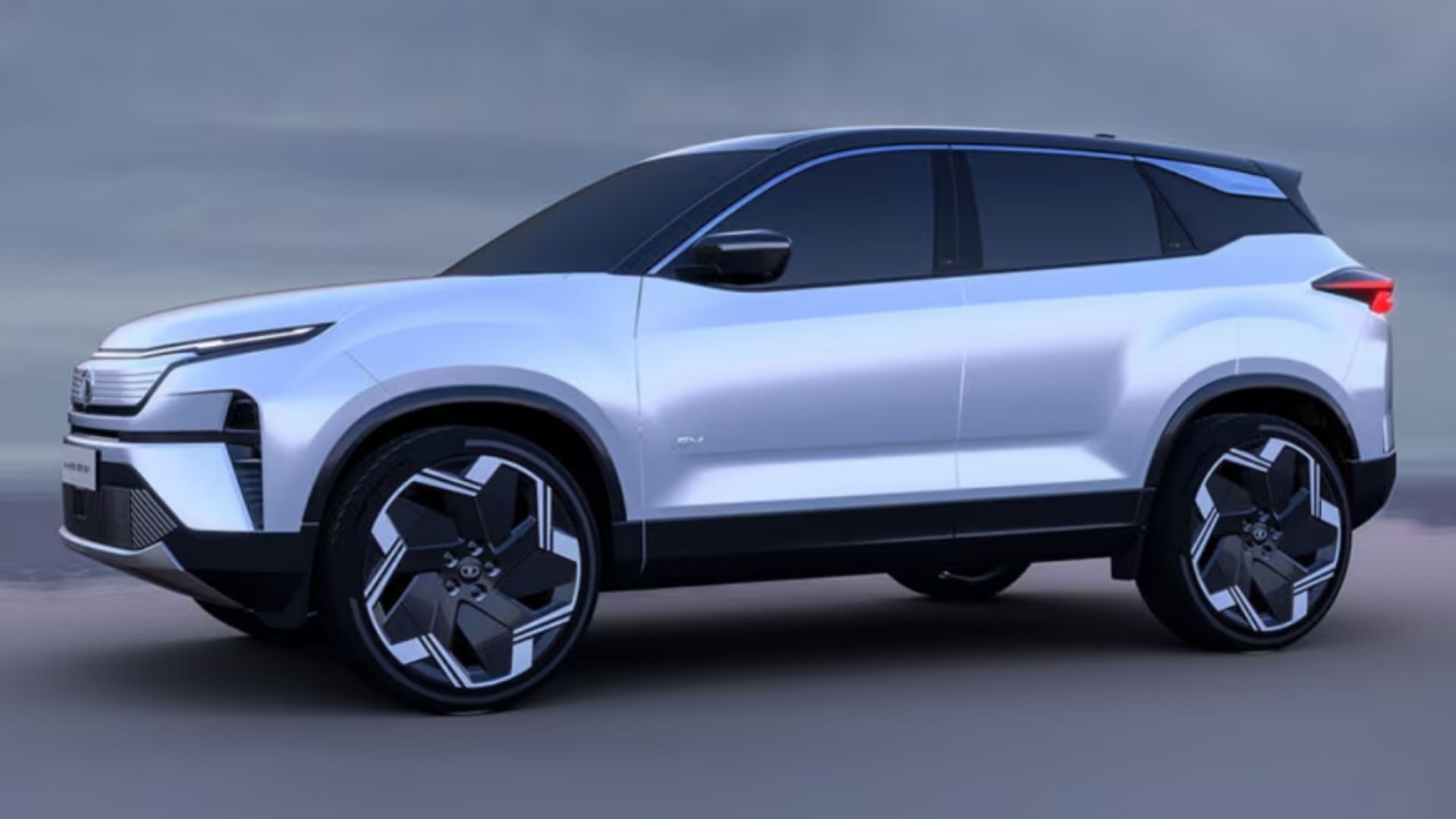


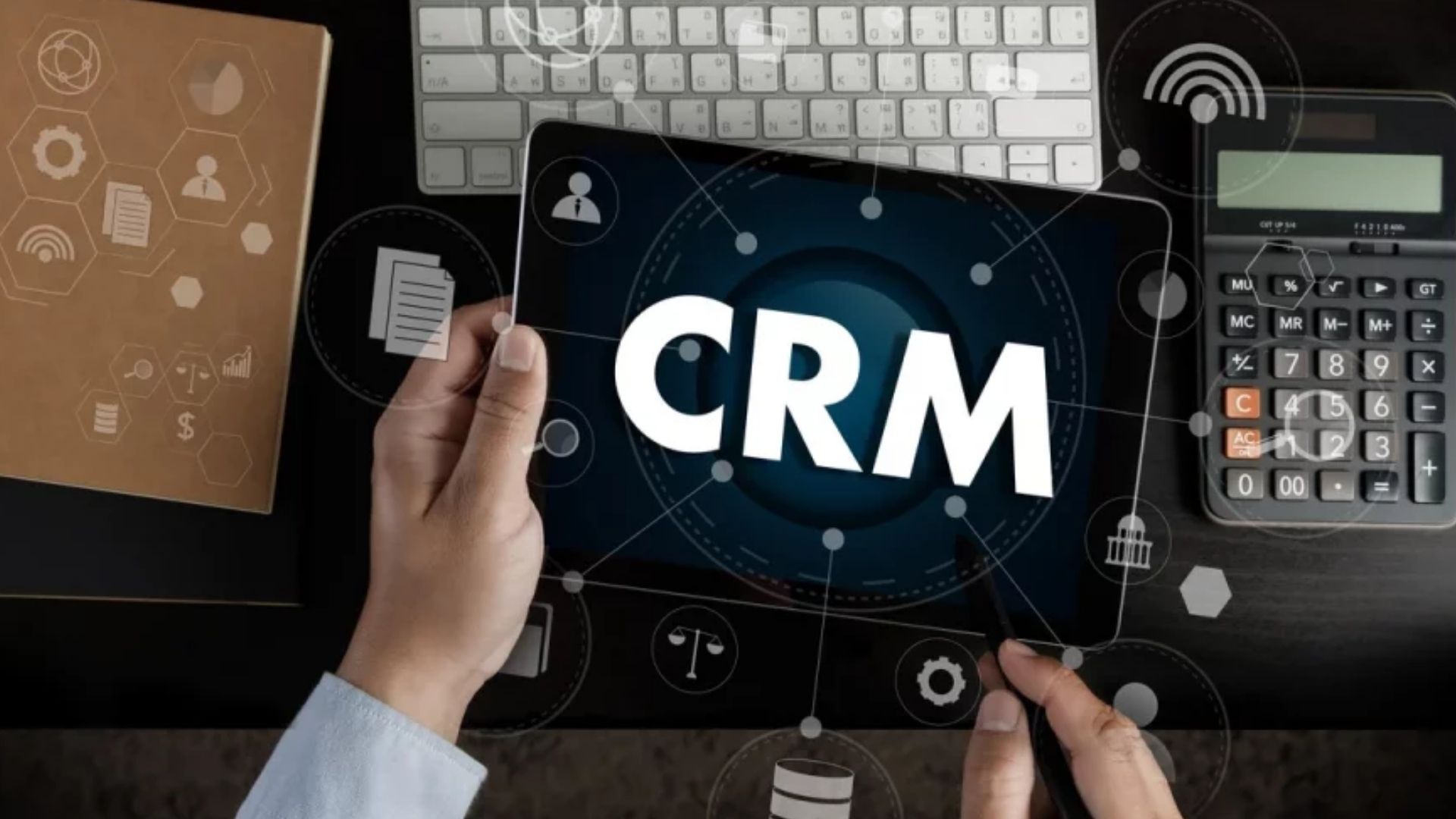








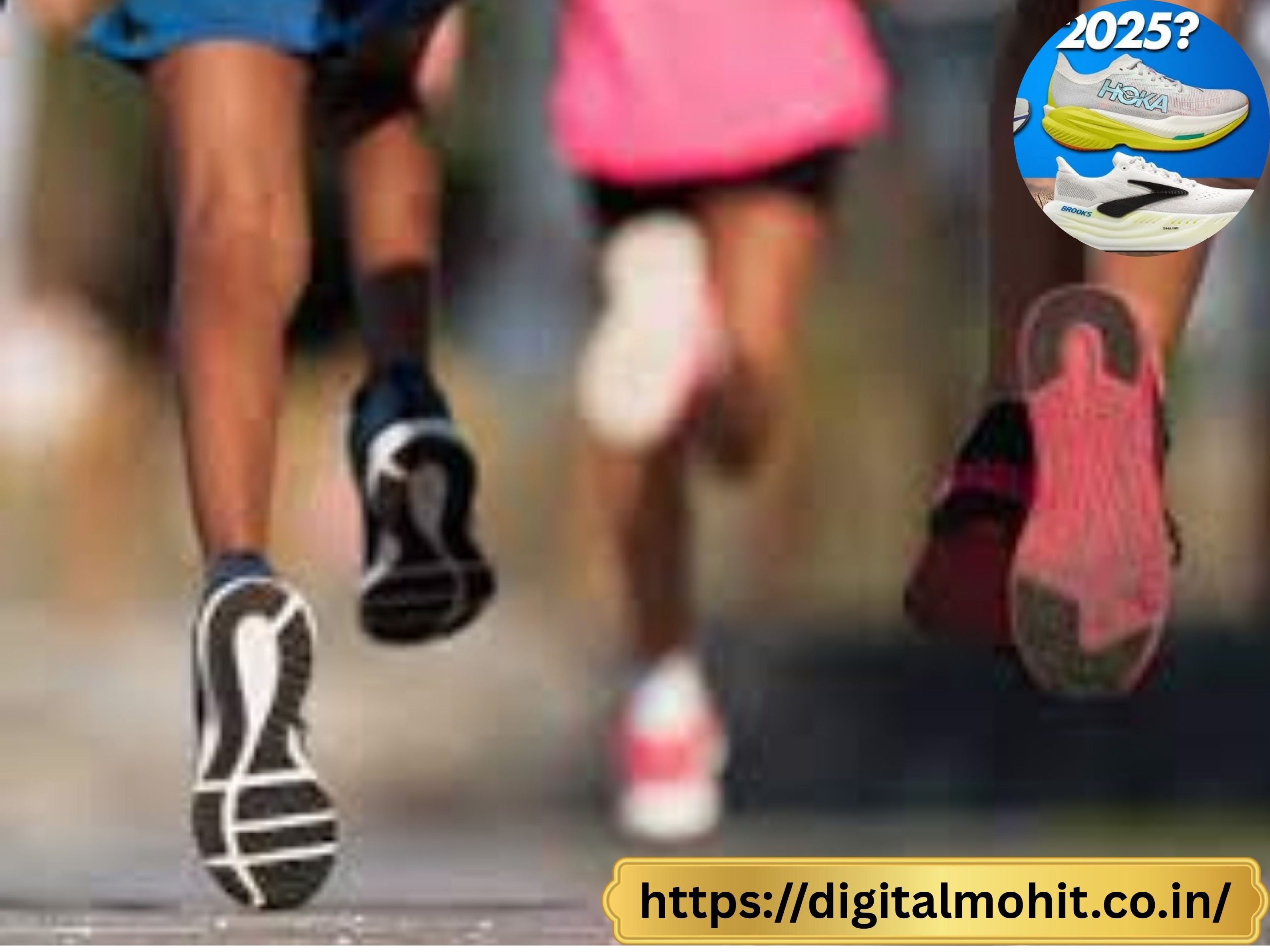
Leave a Reply